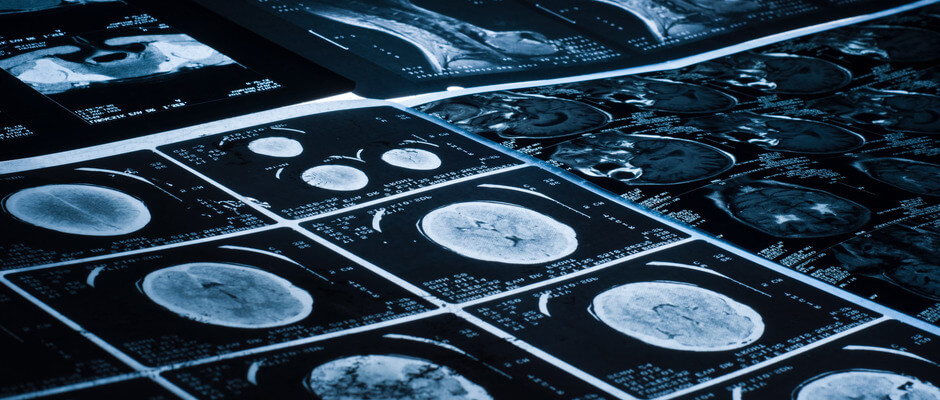
What is Skull Base Disease?
Skull Base Disease encompasses a wide variety of disorders affecting the head and neck from the collarbone to the top of the head.
Skull base diseases are best diagnosed and treated by a collaborative team of subspecialists including otolaryngology, neurosurgery, ophthalmology, plastic surgery, craniofacial surgery, oncology, radiation oncology and rehabilitative medicine.
There are a range of surgical techniques that can be used to perform skull base surgery, including open surgery, minimally invasive procedures, and stereotactic radiotherapy. In open surgery, incisions are made in the head (cranium) and face and a small amount of bone is removed to allow access to the surgical area. Various surgical approaches can be used to access tumors in different areas of the skull base region. Minimally invasive techniques, such as endoscopic surgery, allow us to gain access to the surgical area using a smaller incision, which results in reduced pain, infection and complication rates, and hospital stay. Stereotactic radiotherapy is a form of radiation therapy in which x-rays are delivered to a precisely focused area to treat tumors and vascular malformations.
